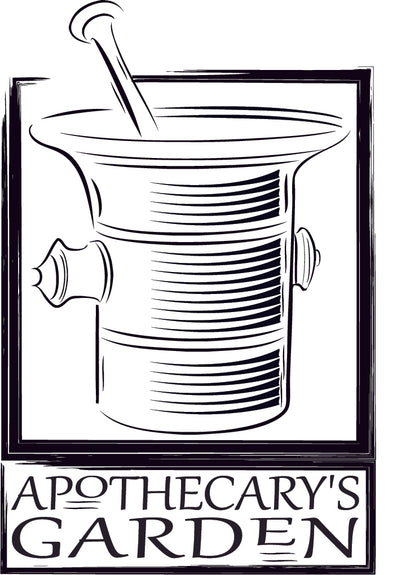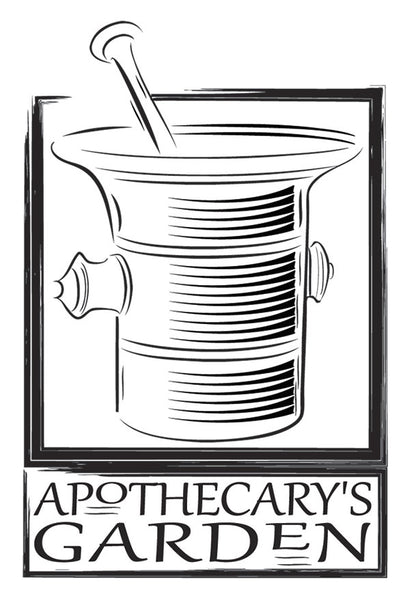U.S. CUSTOMERS: Tariffs are included in the product prices until the situation changes. Click here for more info.
U.S. CUSTOMERS: Tariffs are included in the product prices until the situation changes. Click here for more info.
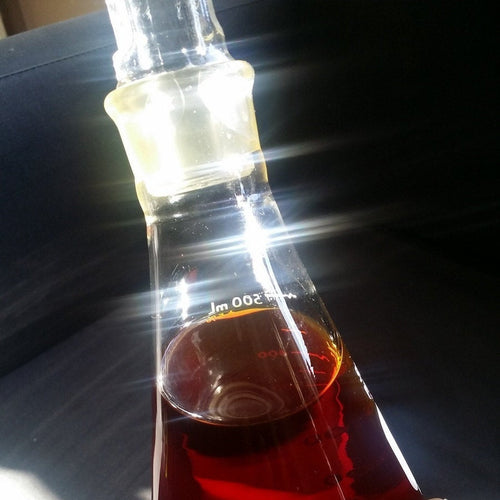
How to make a Medicinal Tincture of Frankincense
by Dan Riegler January 23, 2025 5 min read
 Frankincense neglecta tree. A photo I took in the Ondoto foothills of Northern Kenya
Frankincense neglecta tree. A photo I took in the Ondoto foothills of Northern Kenya
This is the first of two tutorials about making alcohol extracts from Frankincense and Myrrh. In this post, I will address how to make a medicinal tincture of Frankincense, and in part 2, I will give instructions for preparing a perfume tincture, extract and resin absolute of Frankincense and other oleoresins. The latter products can be used topically in alcohol and oil-based perfumes, salves, cremes, and medicated oils.
Making a Medicinal Tincture of Frankincense or Myrrh
Tinctures offer us a convenient way to extract and utilize the active compounds in medicinal and fragrant plants and are just as useful now as in centuries past. Tincturing will separate the soluble, active compounds from cellulose, bark and other components that do not contribute to the final product.
What is a Tincture?
The word tincture comes from Latin and means "to dye or colour", referring to the menstruum or the solvent liquid receiving the colour or character of the material it extracts. Our English word, "tinge," shares the same etymological root.
The word Menstruum is rooted in Old English and Latin. It comes from the word "Mensis," which means a month or a monthly cycle. It refers to the liquid solvent used to extract the therapeutic compounds from plant material. Menstruum and menses refer to not just any month, but a Lunar month, which we see implied in the words menses and menstrual. This is important since, Astrologically, the Moon "rules" and influences all things fluid, as seen in the ebb and flow of the tides most obviously. Menstruum implies not only a period of time but a rhythm, repetition, movement, flow and cycle. This knowledge can be put to good use when we are preparing high-quality tinctures and other fluid plant preparations.

The different types of Frankincense available on the market. For more information see my post-A Complete Guide to Frankincense Resins
How to make a Medicinal Tincture of Frankincense.
A tincture is one of the products we can create to utilize the anti-inflammatory and anti-cancer resin compounds such as the Boswellic acids found in the resin portion of Frankincense.
A medicinal tincture of Frankincense is made using a blend of water and alcohol. Water is a solvent for the water-soluble gum, and alcohol extracts the resin compounds and essential oil. Though some herbs and medicinal materials can be extracted with glycerin or vinegar, Frankincense is not one of them.
Why collect the gum?
Why do we want to collect the water-soluble gum when the alcohol-soluble resin contains the medicinal compounds? (The Boswellic and other resin acids). The simple answer is that pure resins are difficult for our bodies to break down and absorb. When we add an alcohol/water Frankincense tincture to water or a beverage, it becomes cloudy, and an emulsion forms. An emulsion of resin and gum is much easier for the body to break down and absorb than pure resin. (Imagine how long you would need to chew pine resin before it dissolves in your mouth. The answer is indefinitely!)

Above: Frankincense Carterii exudes from the tree as an emulsion of water-soluble gum and resin acids—photo courtesy of Mr. M. Warsame.
Medicinal tinctures vs perfume tinctures
A medicinal tincture of Frankincense is prepared with a blend of water and alcohol, while a perfume tincture is prepared using only pure alcohol. We only need the aromatic and therapeutic compounds in the oleoresin for topical use. Some Frankincense extracts will dissolve easily in warm carrier oils, making them ideal for therapeutic and cosmetic cremes, salves, serums and medicated oils.

A Simple Tincture of Frankincense or Myrrh
This basic extraction process can be used with many medicinal plants. It is simple, straightforward and easy to prepare at home. When combined with practice, knowledge, experience and vision, this is one of the fundamental processes that can lead to a mastery of the art and superior products that excel in colour, aroma, shelf life and efficacy.
- Place 1 ounce by weight or 30 grams of finely powdered Frankincense in a clean, resealable glass vessel. For tips on grinding Frankincense, see my post, "How to grind Frankincense and Myrrh.")
- A larger jar is preferred to a small one. A good volume of space above the liquid encourages circulation, a microcosmic environment where vapours rise with the ambient heat, condense, collect and rejoin your menstruum. Much as they do in Nature. 1/3 material to 2/3 headspace is a good ratio.
- To the powdered oleo gum resin, add a Vodka of your choice, unflavoured and at least 40% alcohol or 80 proof. You can use brandy or Whiskey if it is unflavoured and has no additives. Any alcohol between 80 proof and 160 proof works well. This translates to 40%-80% alcohol.
- Using a ratio of 1:5, add 150 Grams of vodka. (One Ounce of Frankincense to 5 Ounces vodka by weight). This is the standard ratio for tincturing dry plant material in most Herbal circles. You can double, triple or quadruple this formula if you keep the same ratio of material to alcohol.
- Give the contents a good mix and break up any lumps.
- Run a bit of vegetable oil on your finger around the thread of the jar, almost to the lip. This will ensure the lid is not sealed tight by resin that seeps in through capillary action.
- Place the jar in a relatively warm place, for instance, on top of the refrigerator.
- Shake at least once daily, ensuring all the material is dislodged from the bottom each time. An electric or magnetic stirrer is also effective. If you miss a day or two, don't panic; it won't ruin your tincture.
- Continue the maceration for at least one full moon cycle, approximately 4 weeks. Though, 6-8 weeks yields a better quality product. The maceration can be left for many months with no harm.
- Remove the tincture when satisfied that no more colour is transferring from the material to the menstruum. There are many approaches to this process. Some require precise timing based on astrological, Lunar and other considerations. However, as mentioned, we are dealing only with the basics here. This method will yield a good-quality and effective tincture and transfer most of the important compounds to the tincture.
- When you end the maceration, pour the liquid through a fine filter, such as a clean paper coffee filter set in a funnel on a mason jar.
- Make sure to label your finished product. Clearly and indelibly.
- Ensure you have also recorded the process and any pertinent information in a journal or formulary for future reference. If your tincture is a resounding success, you will want to repeat the process and duplicate the result consistently.
- Honour the spent material. You can dry and grind it, and use it as incense or in an exfoliant scrub. You can also add it to soap or return it to the ground.
- You can find fresh ground and ready-to-tincture powders of the different Frankincense types here.
And remember
Always take clear notes.
Your future self will thank you.
Dan
Leave a comment
Comments will be approved before showing up.
Also in Apothecary's Garden Blog
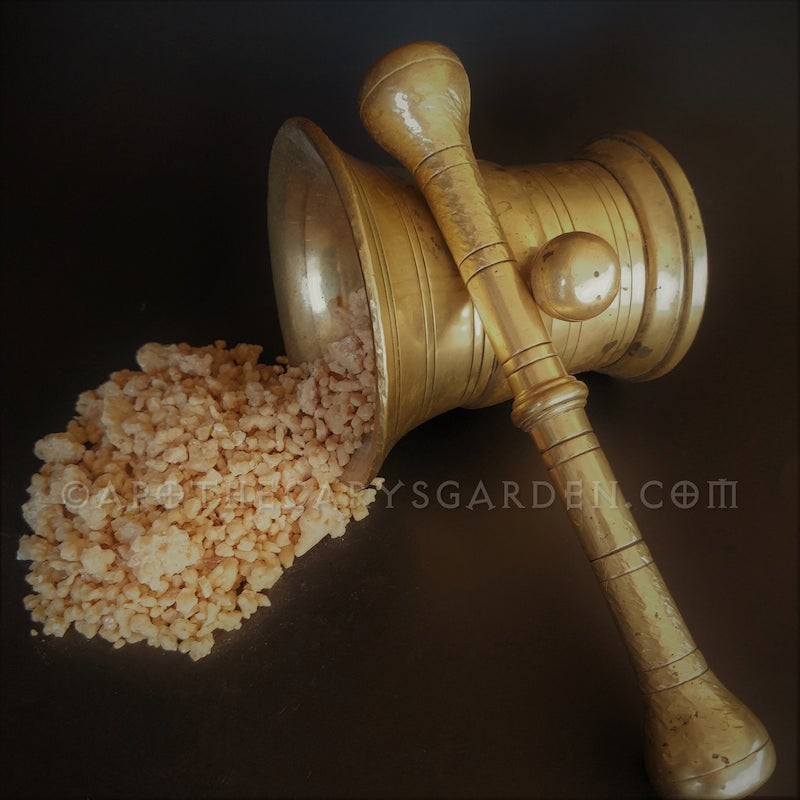
How to make a Frankincense Resin Extract with Boswellic acids
by Dan Riegler February 13, 2025 5 min read
The resin portion of Frankincense contains very valuable therapeutic compounds called Boswellic acids. You won't find them in the water-soluble gum, and you will not find them in the essential oil of Frankincense. We cannot use these resin acids to their fullest extent until we liberate the resin from the gum portion.
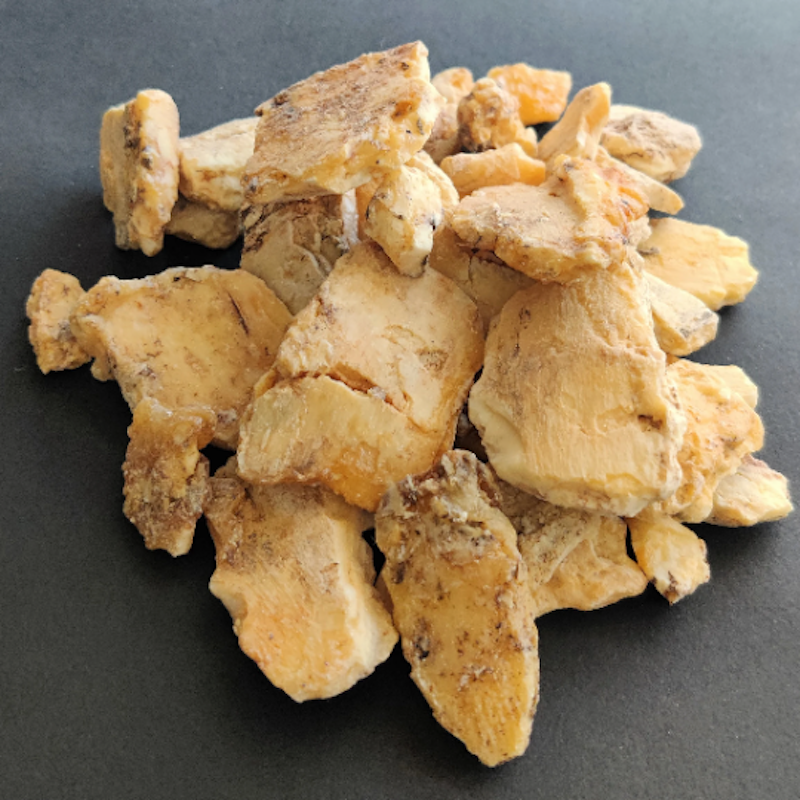
Sumatrana Benzoin-A New sustainable resin for Medicine, Incense and perfume
by Dan Riegler February 05, 2025 5 min read
Sumatrana Benzoin is harvested sustainably by farmer families in a small area of Northern Sumatra. This resin is unique in that it has floral notes other Benzoin types Lack. It has only recently been introduced to the Western market for use in perfume, medicine, incense and cosmetics.
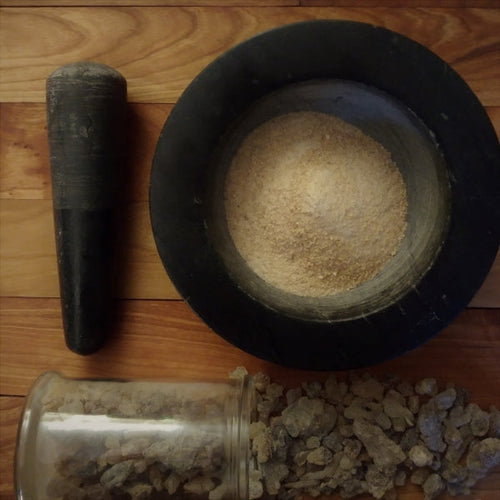
Frankincense as Medicine-Truth, Myth, and Misinformation
by Dan Riegler January 15, 2025 11 min read
The anti-cancer and anti-inflammatory Boswellic acids are not present in the essential oil of Frankincense. They are found only in the solid resin portion of Frankincense, and the only way to benefit from the therapeutic qualities of the Boswellic acids is to utilize the resin.
Recent Articles
-
How to make a Frankincense Resin Extract with Boswellic acids
February 13, 2025
-
Sumatrana Benzoin-A New sustainable resin for Medicine, Incense and perfume
February 05, 2025
-
How to make a Medicinal Tincture of Frankincense
January 23, 2025
-
Frankincense as Medicine-Truth, Myth, and Misinformation
January 15, 2025
-
Sustainable Frankincense from the Samburu women of Kenya
December 04, 2024
-
How to make a Tincture of Myrrh for oral health
November 27, 2024
-
Green Frankincense Demystified
October 04, 2024
-
How to make an oil extract of Frankincense-2 methods
January 17, 2024
-
Suhul Myrrh-A gift from the trees
January 03, 2024
-
How to prepare Winter Medicine with local Tree Resins
December 14, 2023
Categories
- Akba
- Ambergris
- Animal Welfare
- Animalics
- Anti-inflammatory
- Aphrodisiacs
- Aphrodite
- Apothecary Arts
- BA
- Benzoin
- Boswellia
- Boswellia Carterii
- Boswellia Frereana
- Boswellia Neglecta
- Boswellic Acids
- Boswellis Serrata
- burn incense
- cancer
- Censer
- Chest Rub
- Commiphora
- Commiphora Myrrha
- Copal
- Cough Balm
- DIY
- DIY Frankincense extract
- Fair trade
- ferula
- Frankincense
- Frankincense Absolute
- Frankincense as medicine
- Frankincense Extract
- Frankincense Neglecta
- Frankincense Sacra
- Frankincense Tincture
- Frankincense tutorial
- Incense
- Incense burners
- Incense Making
- Incense Resins
- kenya
- Medicated oils
- Medicine chest
- Muscle Rub
- Musks
- Myrrh
- Myrrh tincture
- new
- Perfume
- Perfume Ingredients
- Perfume Making
- Perfumery
- Pine
- Pine Resin
- Resin extract
- Royal Green Hojari
- Sacred Copal
- Samburu
- Spruce Resin
- Suhul Myrrh
- Sultans Select
- Sumatrana Benzoin
- Sustainability
- Sustainable Frankincense
- Sustainable Harvest
- tincture
- Traditional Medicine
- Tree Medicine
- Tree Resins
- Tutorials
- Wildcrafting
- Wood finishes
Where are you Blog posts Dan?
Please bear with me as I rewrite, update and link my old Blog posts to the new shop. If you don't see the tutorial or post you are looking for, pop in periodically. I should have them all up, updated and running in the next few weeks.
Subscribe
Sign up to get the latest on sales, new releases and more …
- Comments
- DISQUS
